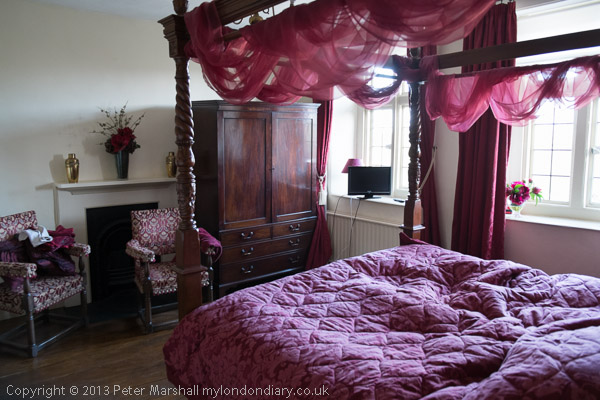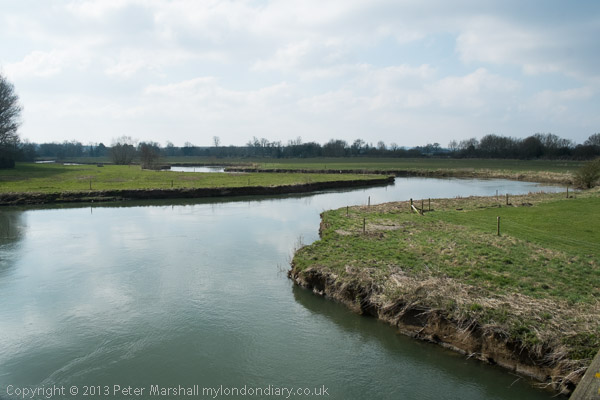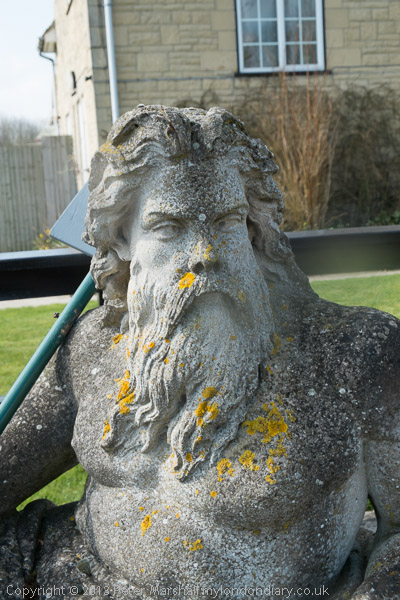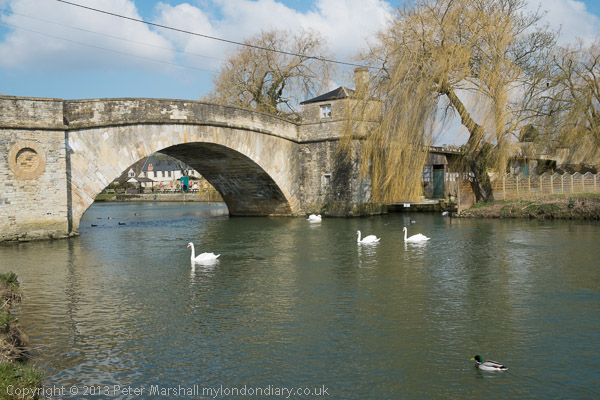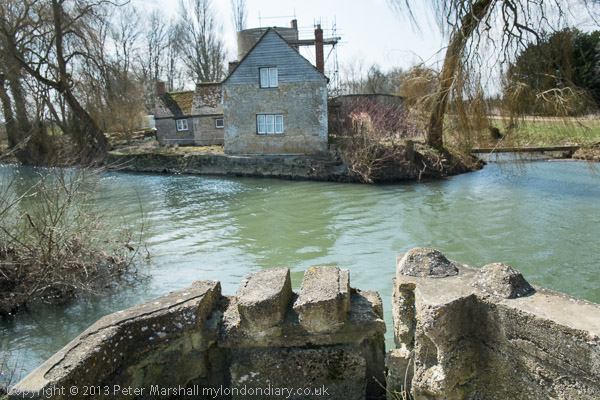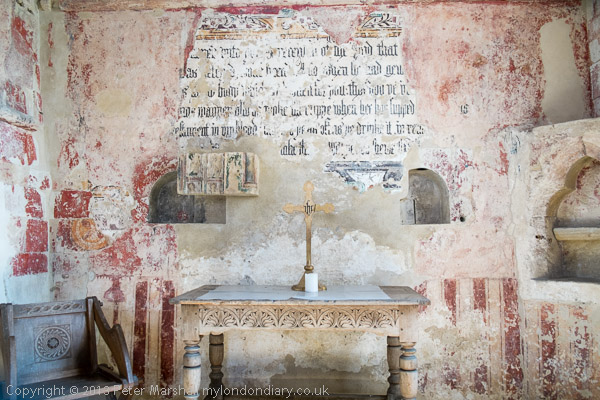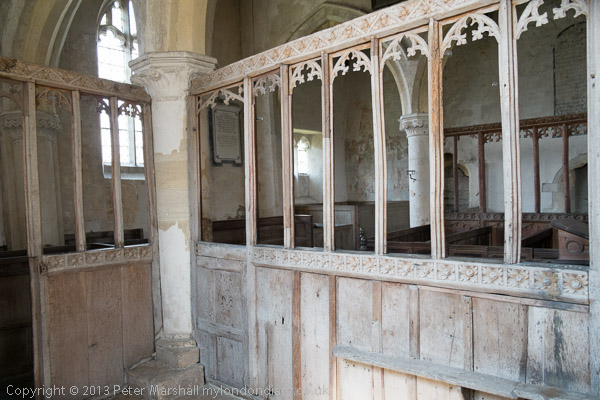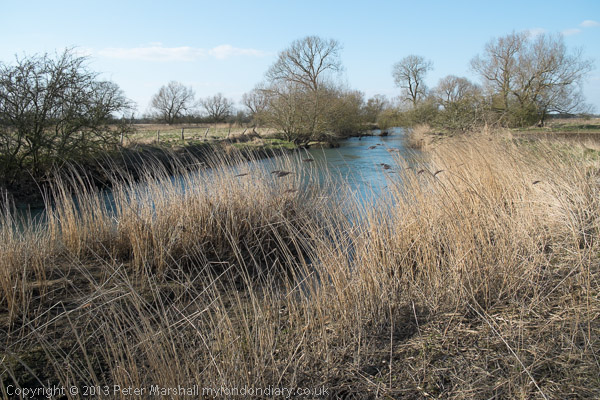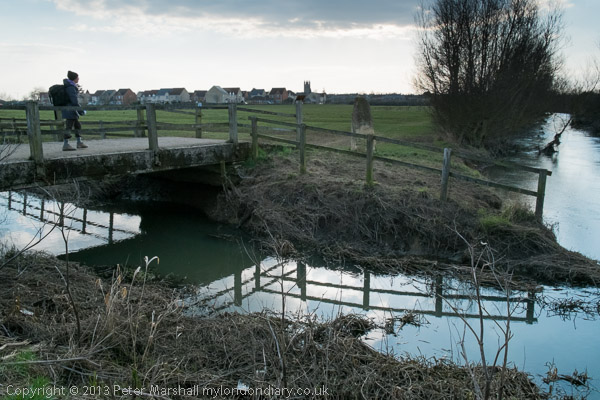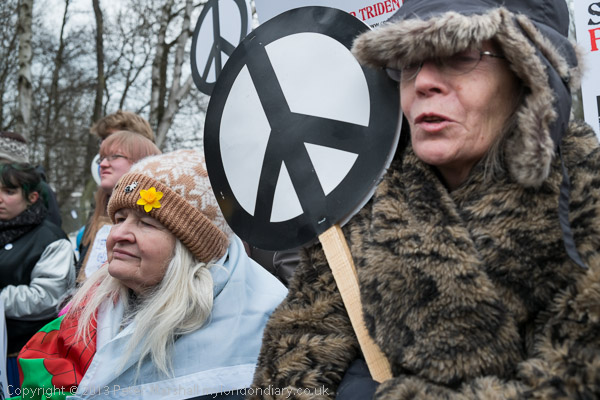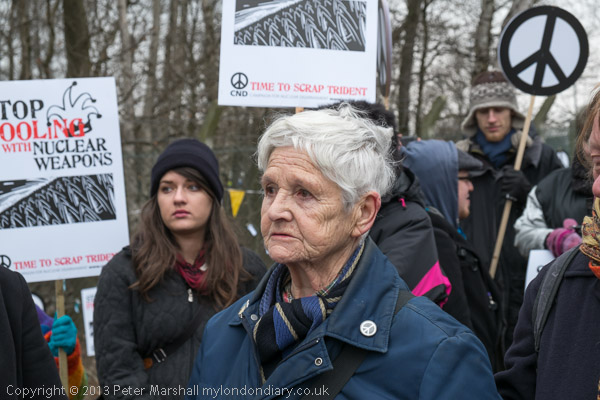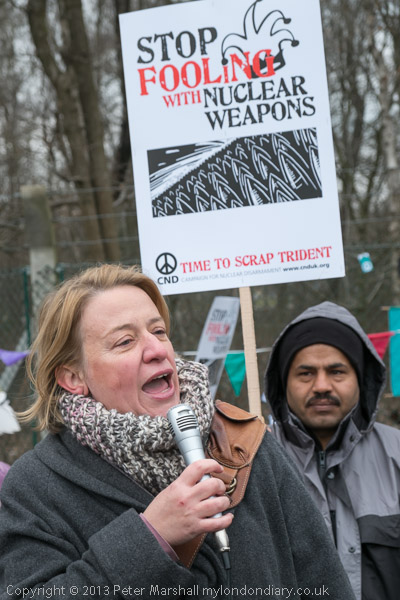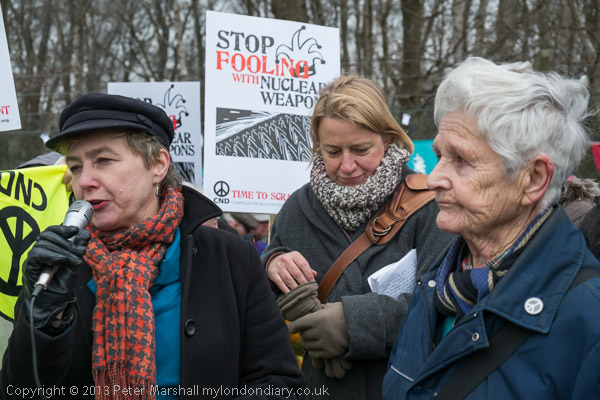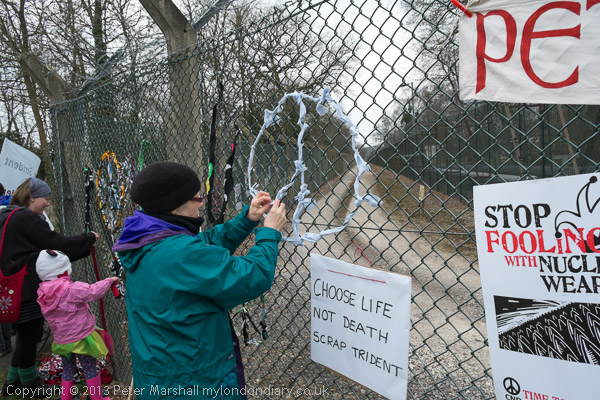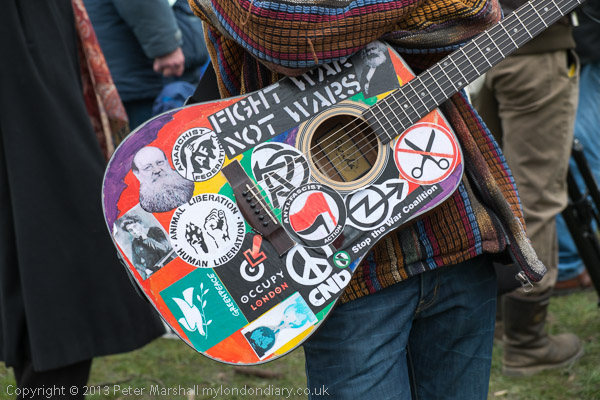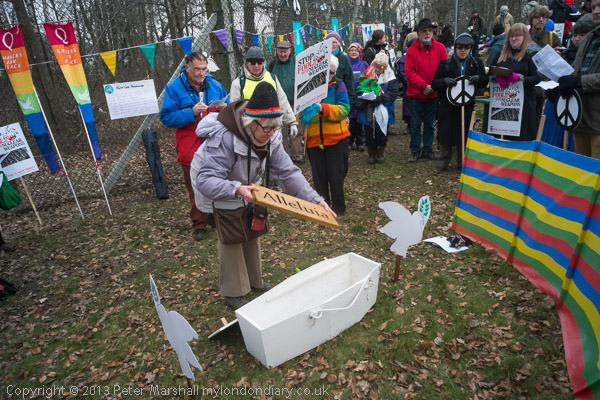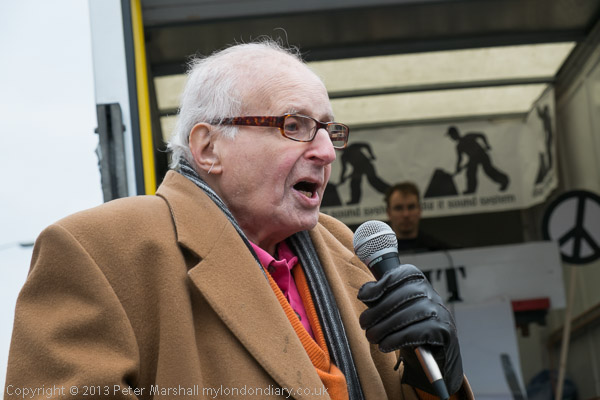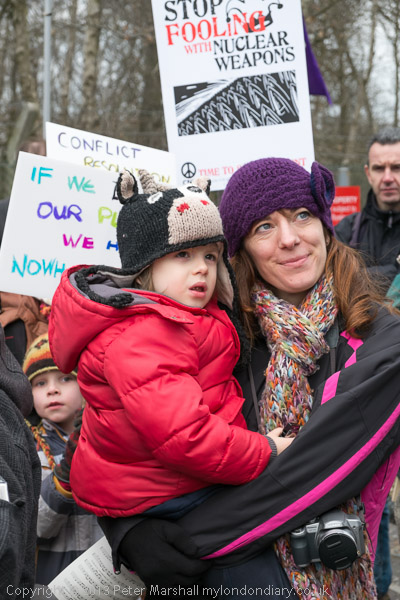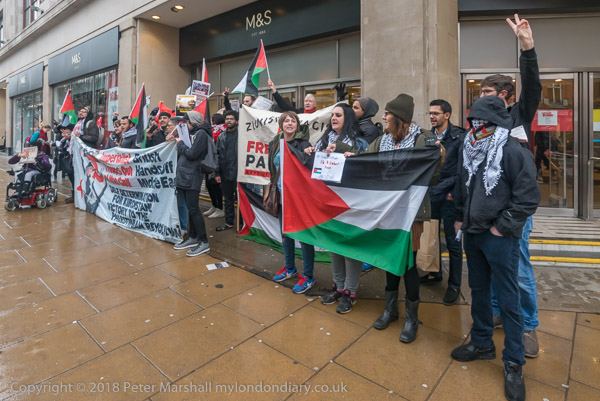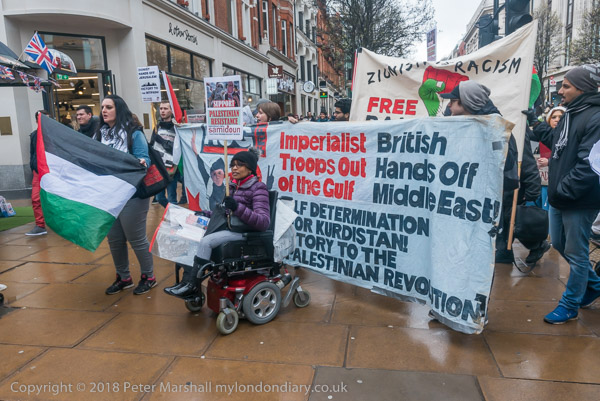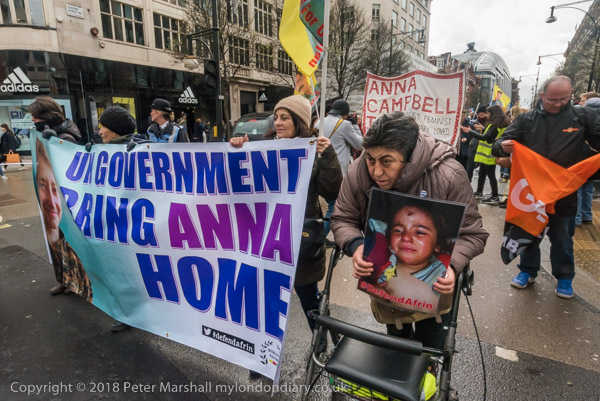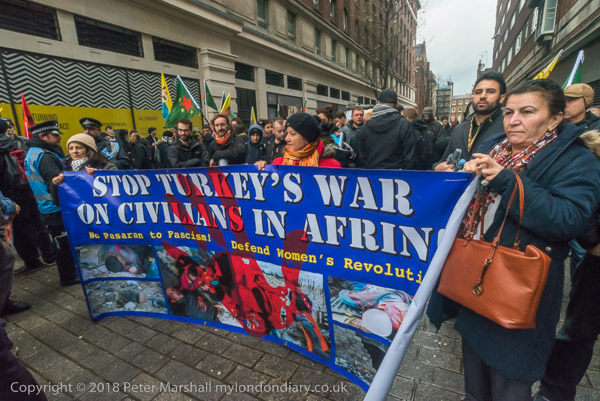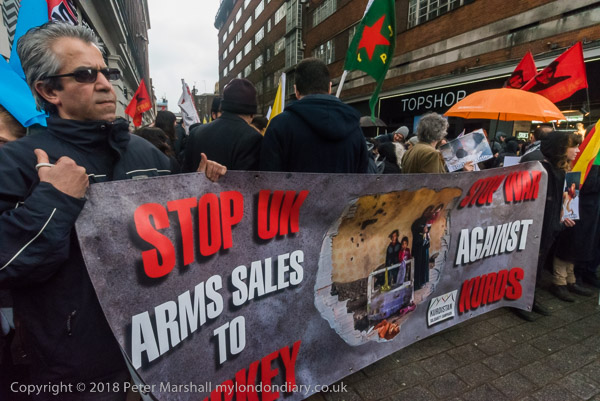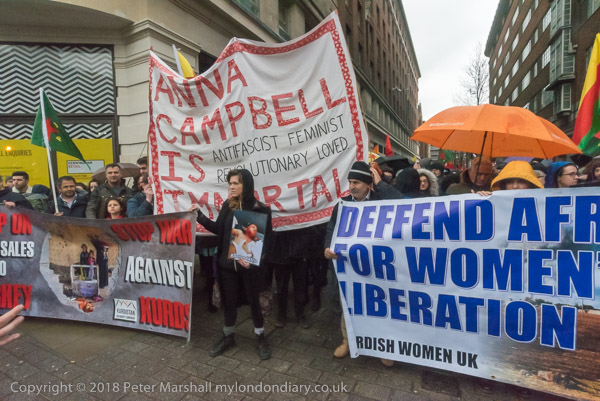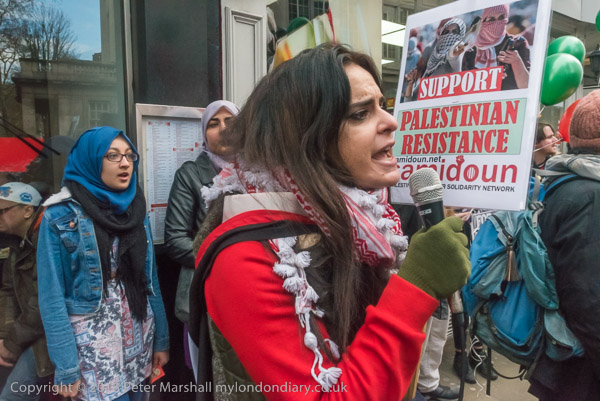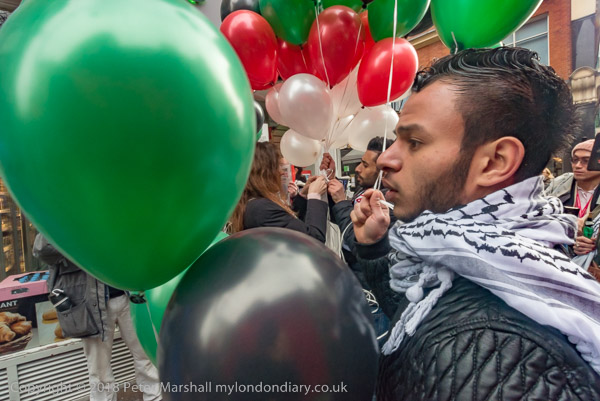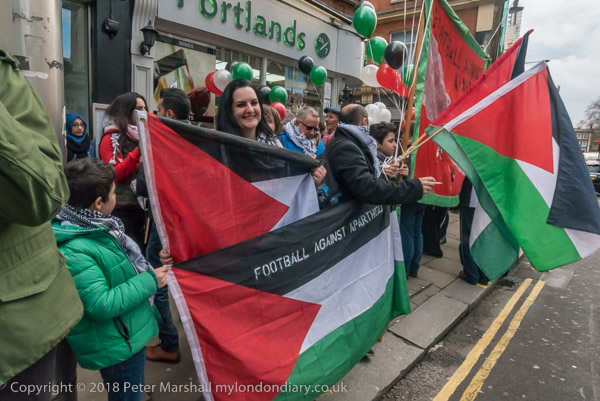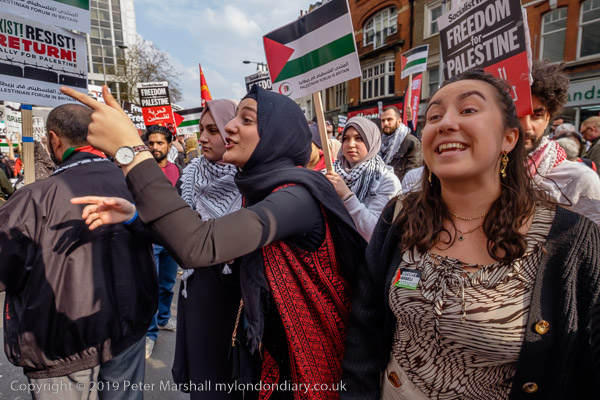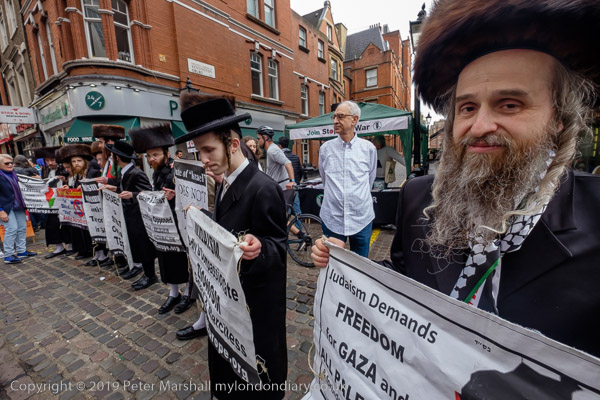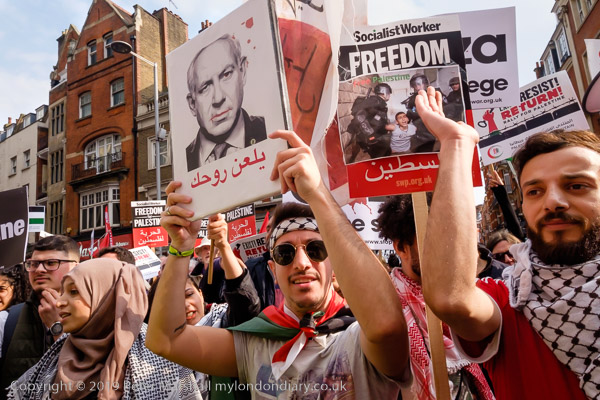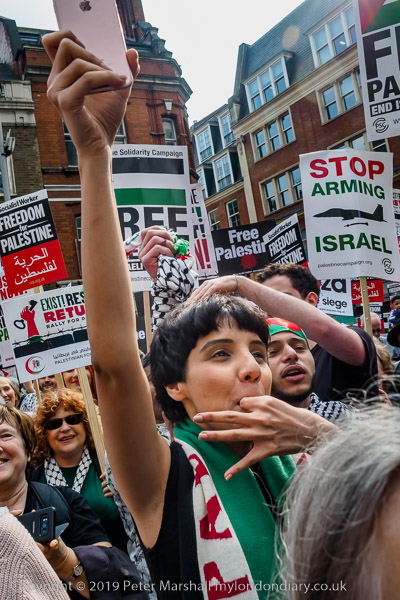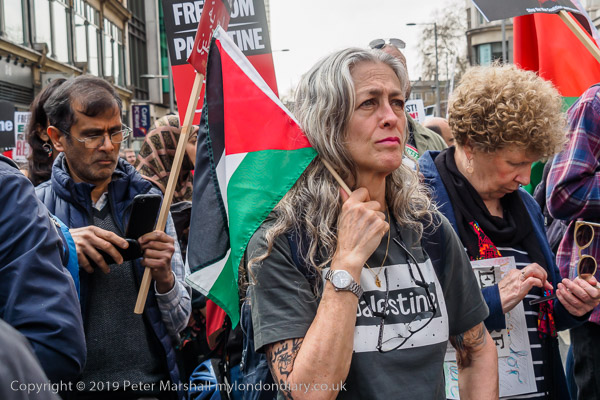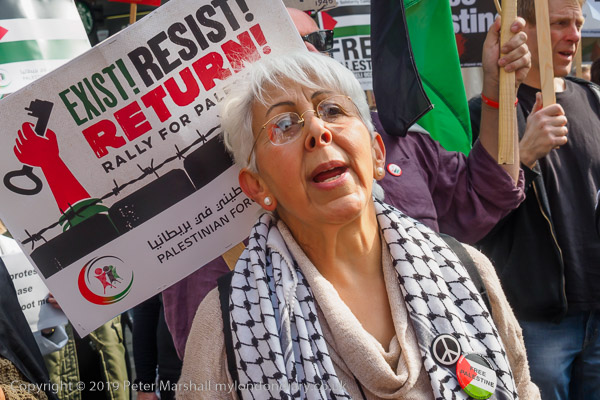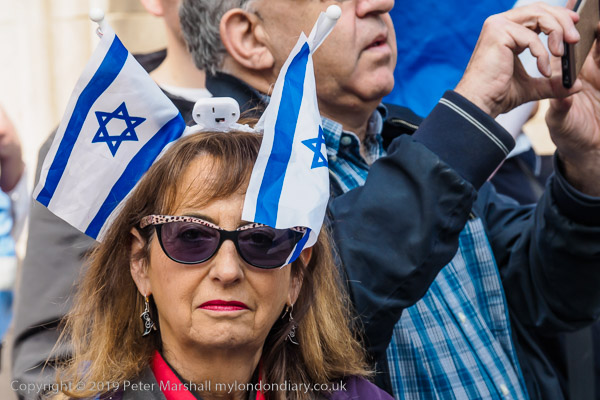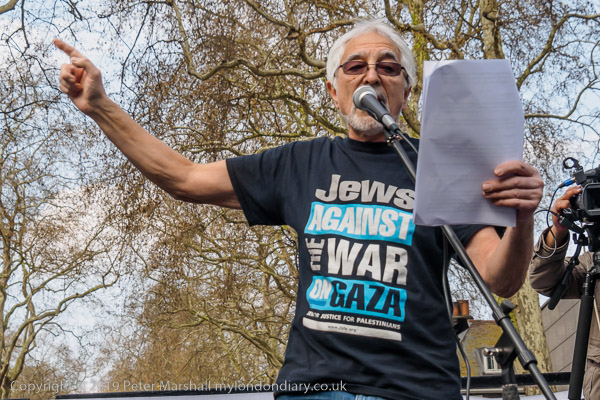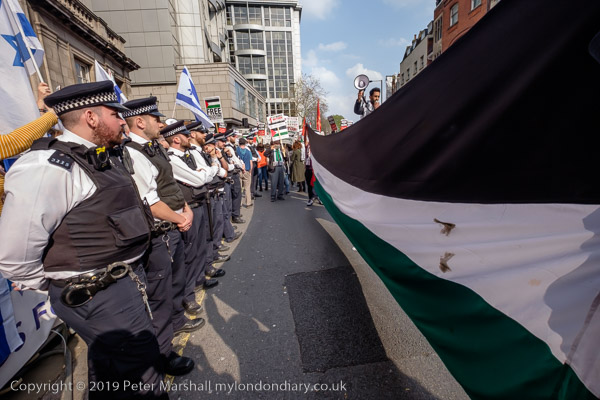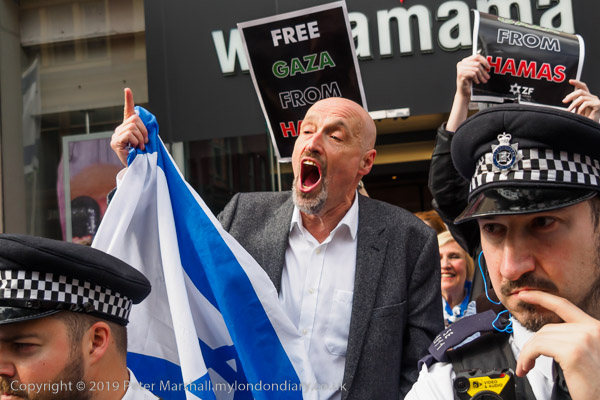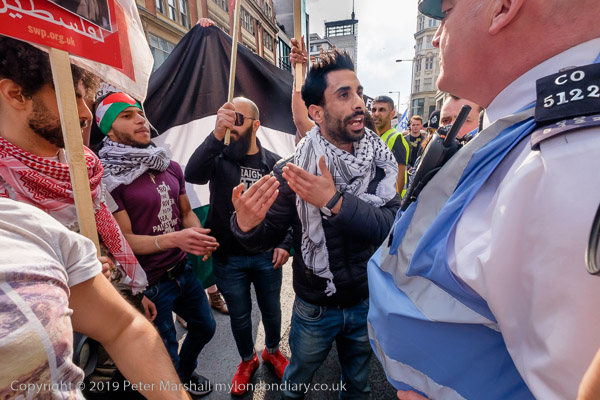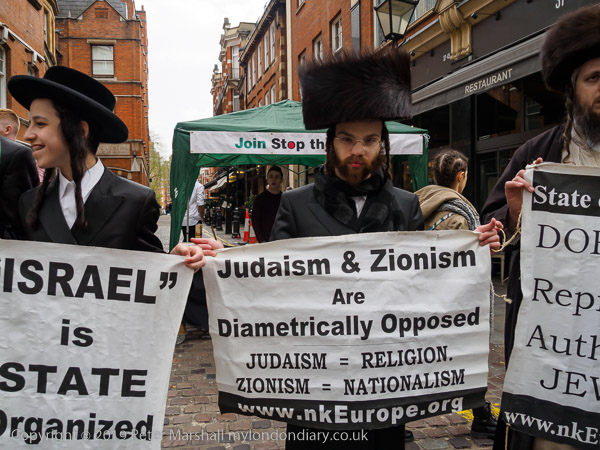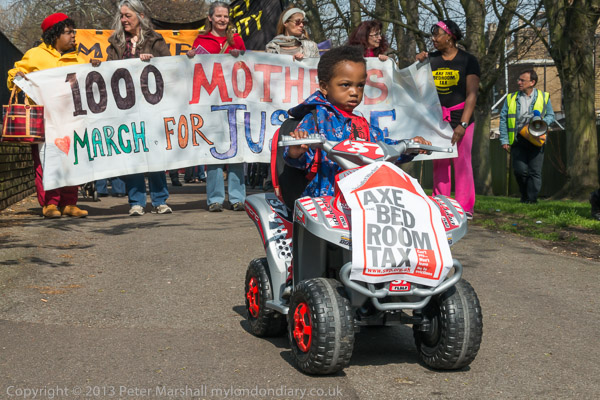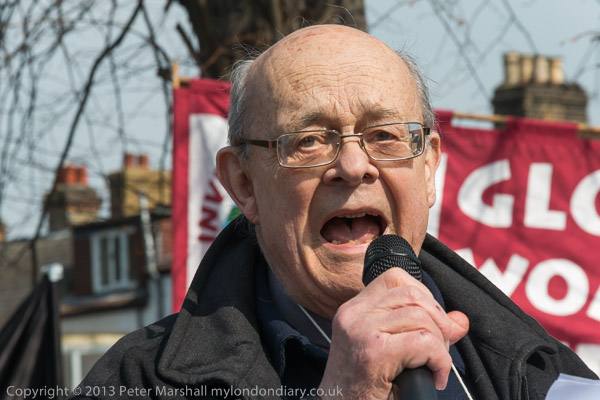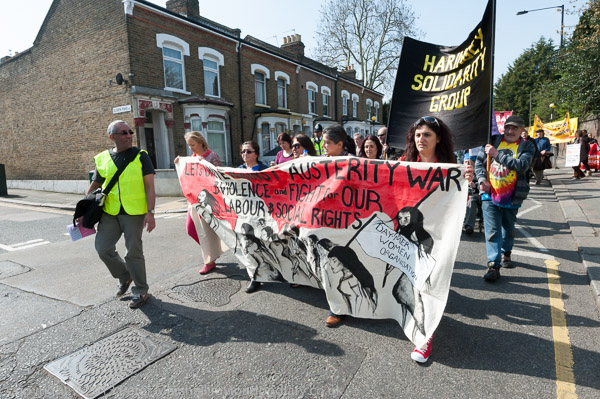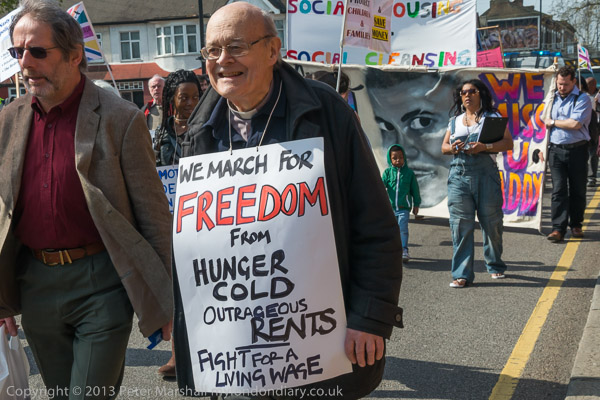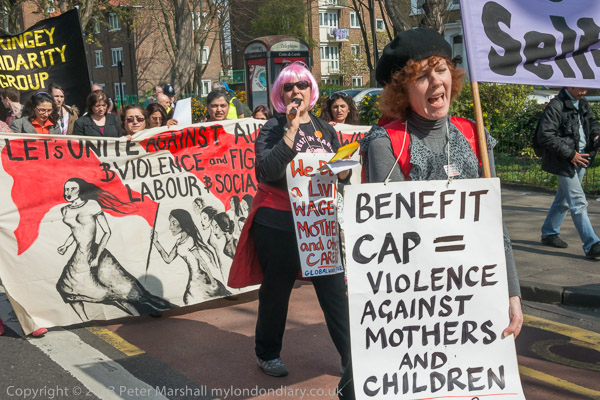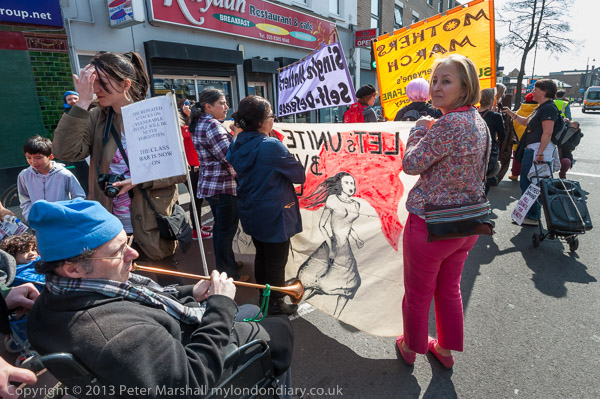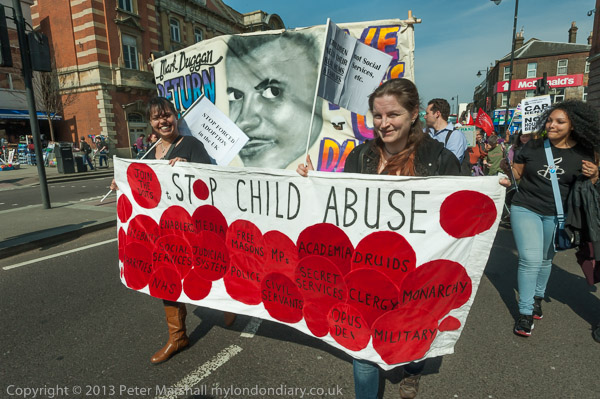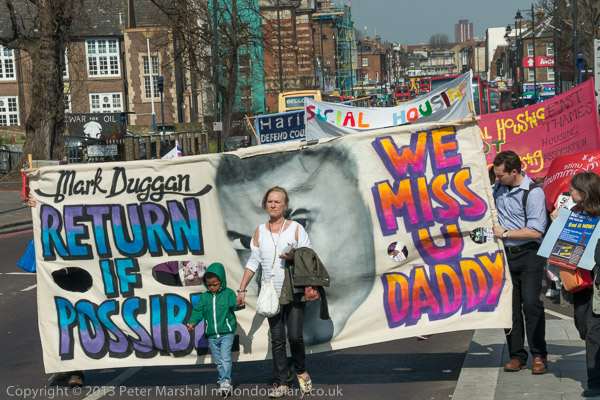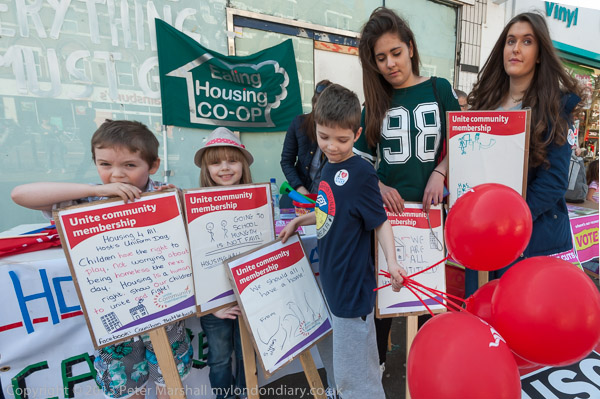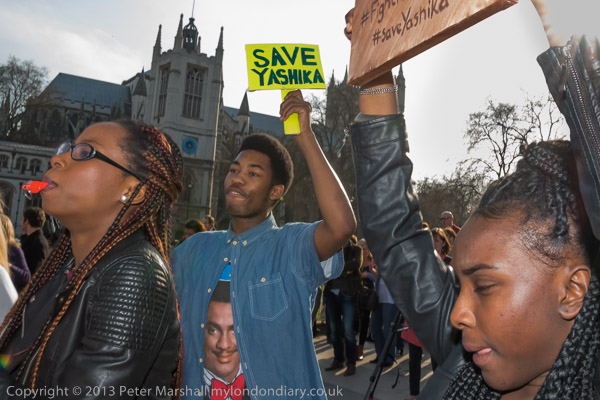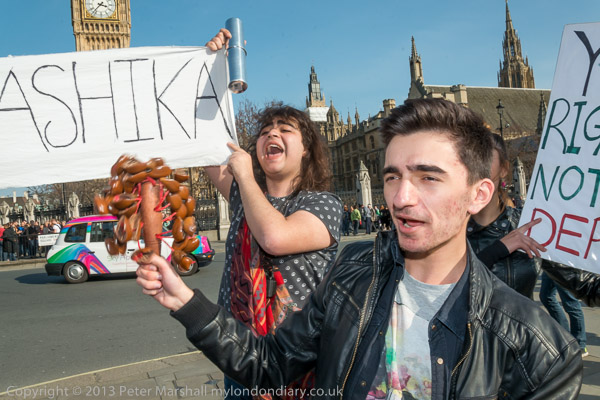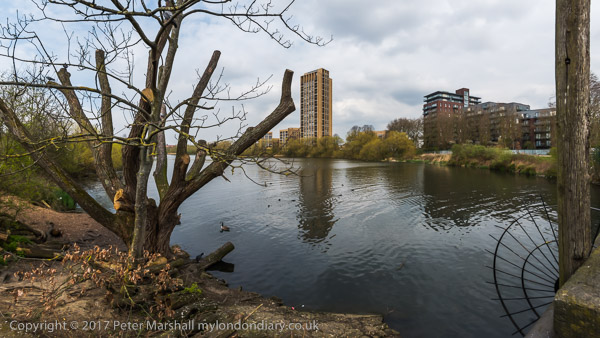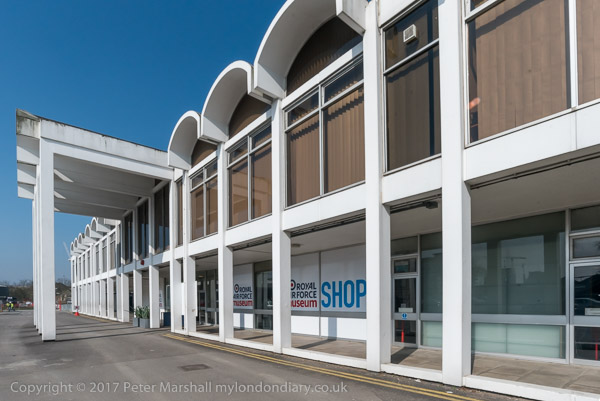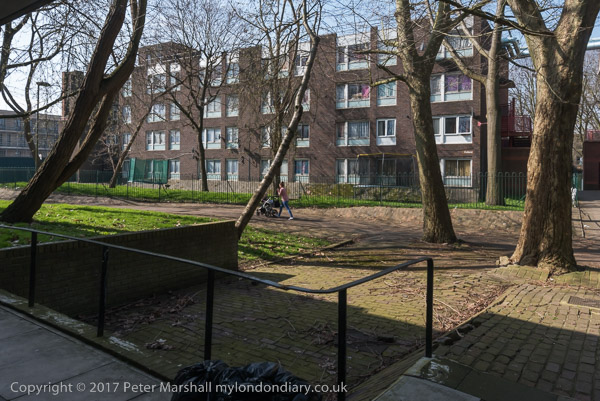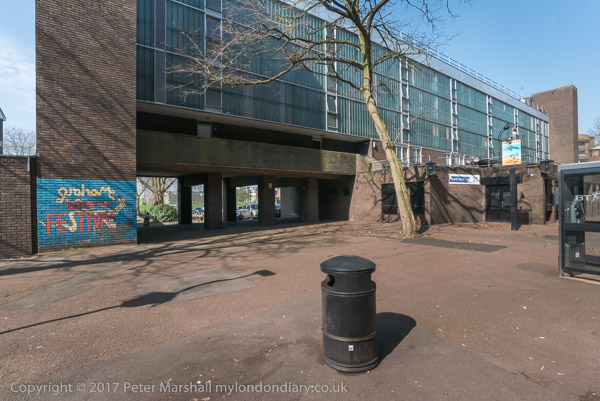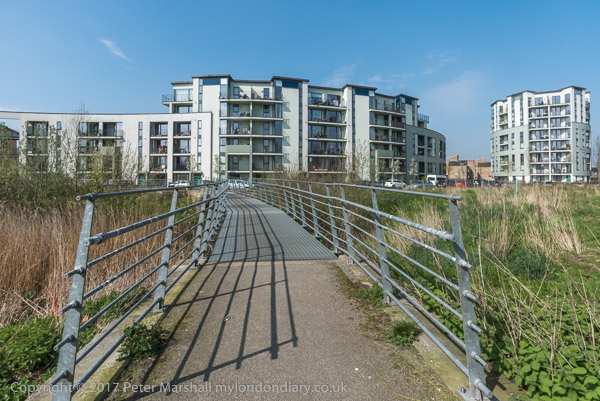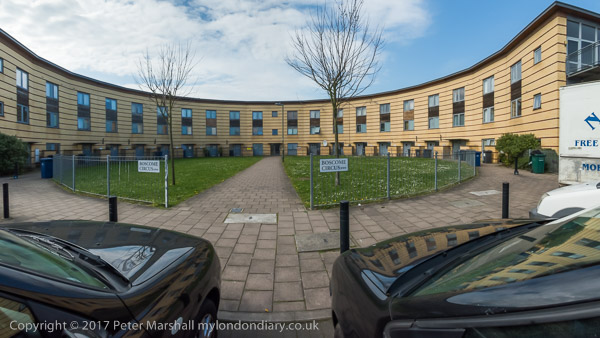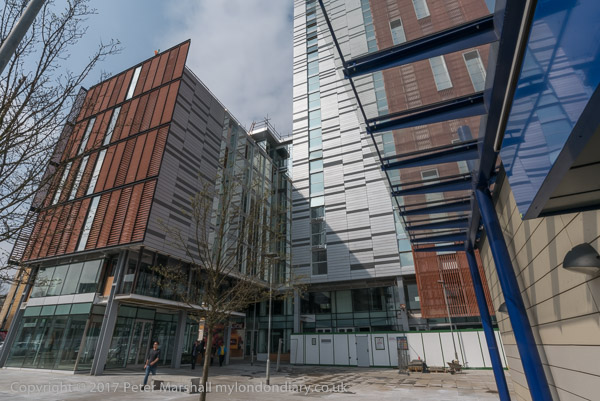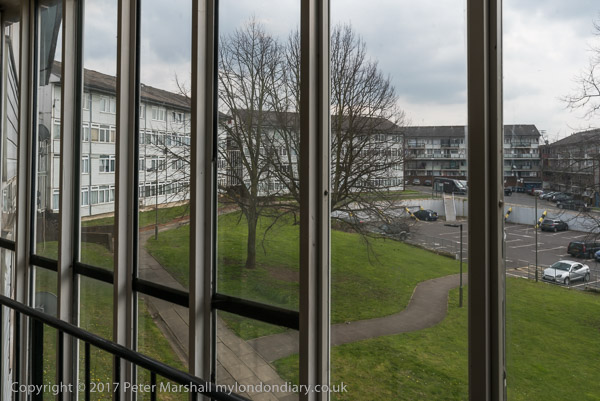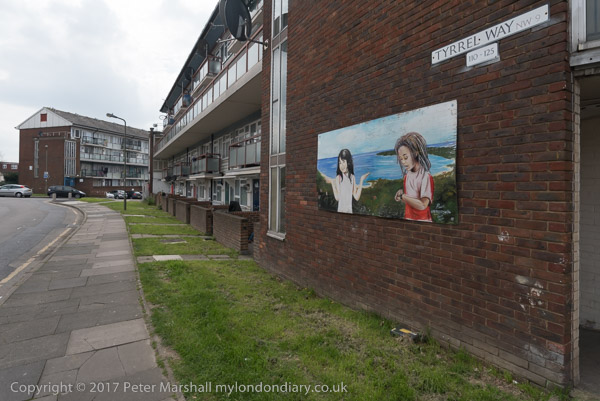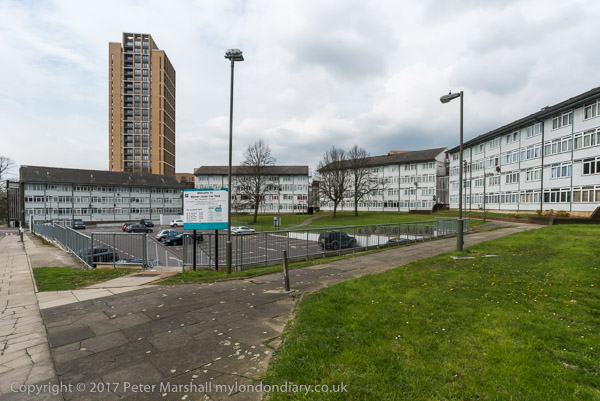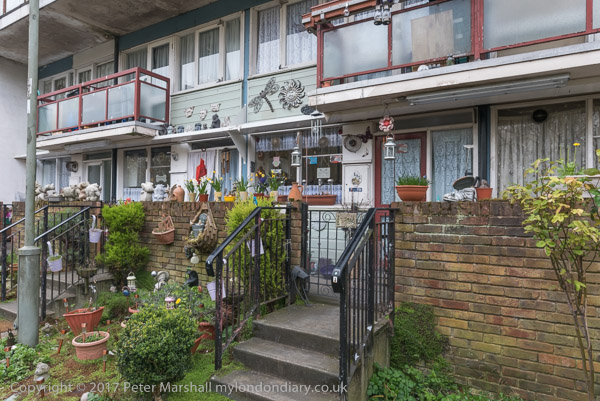Trinity House & High Street. On Monday 21st August 1989 I took a bus to Queen’s Gardens and then walked down Prince’s Dock Street and on to the High Street at the heart of the Old Town.
This massive archway on Princes Dock Street led through to Trinity House Navigation School and other buildings of Hull’s Trinity House. The date 1842 above the entrance is for this building, erected a few years after Princes Dock was opened as Junction Dock in 1829 – and before it was renamed in honour of Prince Albert for the royal visit of 1854. Junction Dock joined the Old Dock (Queen’s Dock) to Humber Dock creating a string of docks joining the River Hull to the River Humber and making an island of the Old Town.
Hull’s Trinity House is of course far older, established in 1369 as the Guild of the Holy Trinity by Alderman Robert Marshall (I’m sure no relation of mine) and around 50 others as a sort of ‘Friendly Society’ for parishioners of Holy Trinity Church. It was only in 1457 when Edward IV granted it the right to charge duties for loading and unloading goods at Hull to fund an almshouse for seafarers that it got a maritime connection, and it acquired its premises from Carmelite friars, though the current Trinity House Lane building is a 1753 rebuild.
Later monarchs gave it the right to settle nautical disputes, to charge import taxes to maintain the harbour, set buoys and licence pilots for the Humber. In 1785 it set up a school which taught boys in reading, writing, accountancy, religion and navigation for three years before they began their apprenticeship. The school is now an academy and has moved to another site, and the archway now leads to a car park and events area which has been named Zebedee’s Yard after Zebedee Scaping (1803-1909) who served as Headmaster for 55 years.
You can still see this doorway at 39, High Street, though it is currently not numbered, just to the north of the entrance to Bishop Lane Staith. The area below the semicircular window at top right has been opened up as a larger window, though the sill in my picture suggests it was earlier bricked up.
The Transport Museum was set up by Thomas Sheppard and opened in 1925 as the Museum of Commerce and Transport and housed in the former Corn Exchange on High Street and had a very extensive display showing the evolution of transport and Hull’s principle industries, along with ten veteran cars bought from a private museum and horse-drawn vehicles from East Yorkshire.
Like much of Hull it suffered extensive wartime damage – Hull was the most severely damaged British city or town during the Second World War, with 95 percent of houses damaged and almost half of the population made homeless. But news reports except on rare occasions were only allowed to refer to it as a “north-east coast town” and even now many histories of the war ignore the incredible damage to the city.
The museum reopened in 1957 as the Transport and Archaeology Museum. But in 2002 the transport collection moved to the new Streetlife Museum and this building became the Hull and East Riding Museum
Thomas Sheppard became the first curator of the Hull Municipal Museum in 1901 and achieved a massive increase in its visitor numbers by refurbishing the display and making entry free. Sheppard went on to set up half a dozen other Hull museums, the first of which in 1906 was Wilberforce House, opened as a museum in 1906, dedicated to the slave trade and the work of abolitionists and a memorial to Hull’s best-known citizen, William Wilberforce MP.
William Wilberforce was born in this house on the High Street in 1759. The house is one of the oldest in Hull, built in 1660 but extended by the Wilberforce family in the 1730s and 1760s. In 1784 part of the premises became the the Wilberforce, Smith & Co Bank.
Wilberforce sold the house in 1830. After Hull Council brought in a rate to fund the preservation of historic buildings in 1891, a campaign began for the council to buy the house which they did in 1903, opening it as a public museum in 1906.
The display that many in Hull had grown up with was updated in 1983 to the dismay of many residents who felt it lacked the detail and impact of the original and that it represented a move towards entertainment rather than enlightenment.
The displays were again altered in 2006-7 with improvements to access and reopened in 2007, which was the 200th Anniversary of the Abolition of the Slave Trade in Britain.
These houses dating from around 1760 and restored after wartime bombing according to the Grade II listing text were incorporated into the Wilberforce museum in 1956.
Here you see the view south down High Street from the houses, past Wilberforce House
From High Street I walked on to Drypool Bridge where the next post in this series will begin.
Flickr – Facebook – My London Diary – Hull Photos – Lea Valley – Paris
London’s Industrial Heritage – London Photos
All photographs on this page are copyright © Peter Marshall.
Contact me to buy prints or licence to reproduce.
















